Have we stopped evolving?
Everyone who lives today comes from one woman named Eve. She lived in East Africa 200,000 years ago.
There are no big differences in the genetic material between people from different countries. There are larger differences between different chimpanzees. Since we are so similar, some people wonder if we have stopped developing.
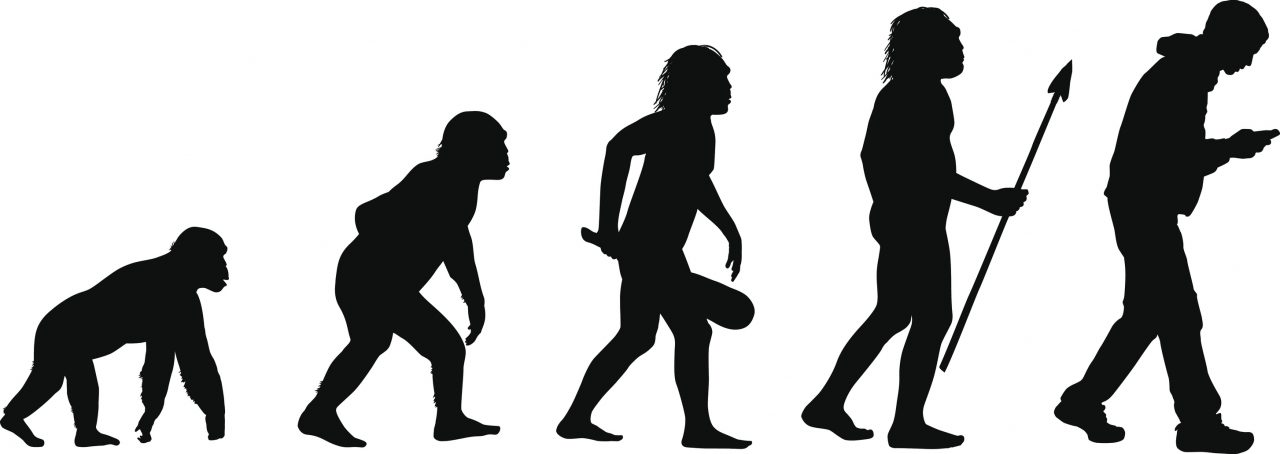
Menneskets evolusjon med et menneske med smarttelefon
Some traits are favoured
Evolution is a term for changes and development that happen over time. For human evolution to take place, more people must be born than those who stay alive.
Humans must be different from each other, and the differences have to be passed on to their babies. Some traits are better for surviving in their surroundings. People with these traits have a better chance of growing up and having babies.
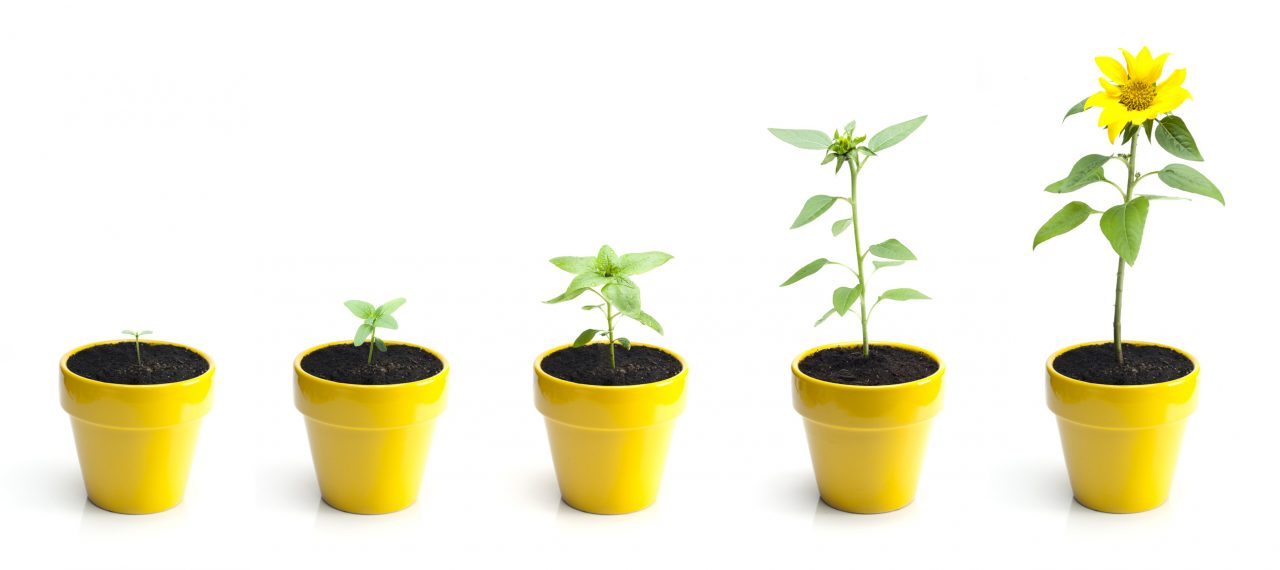
Prosessen av hvordan en solsikke blomstrer
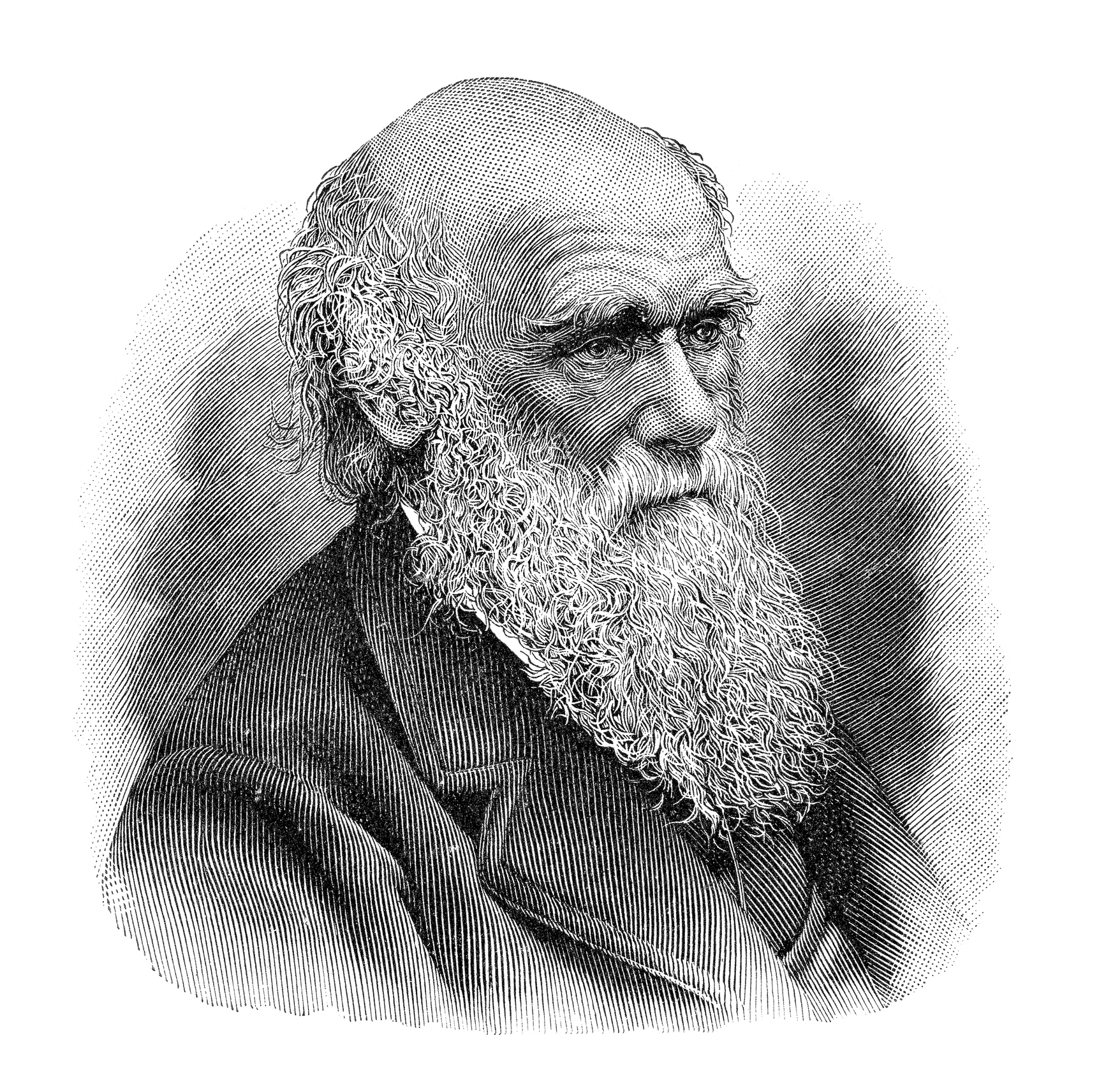
Charles Darwin illustrasjon
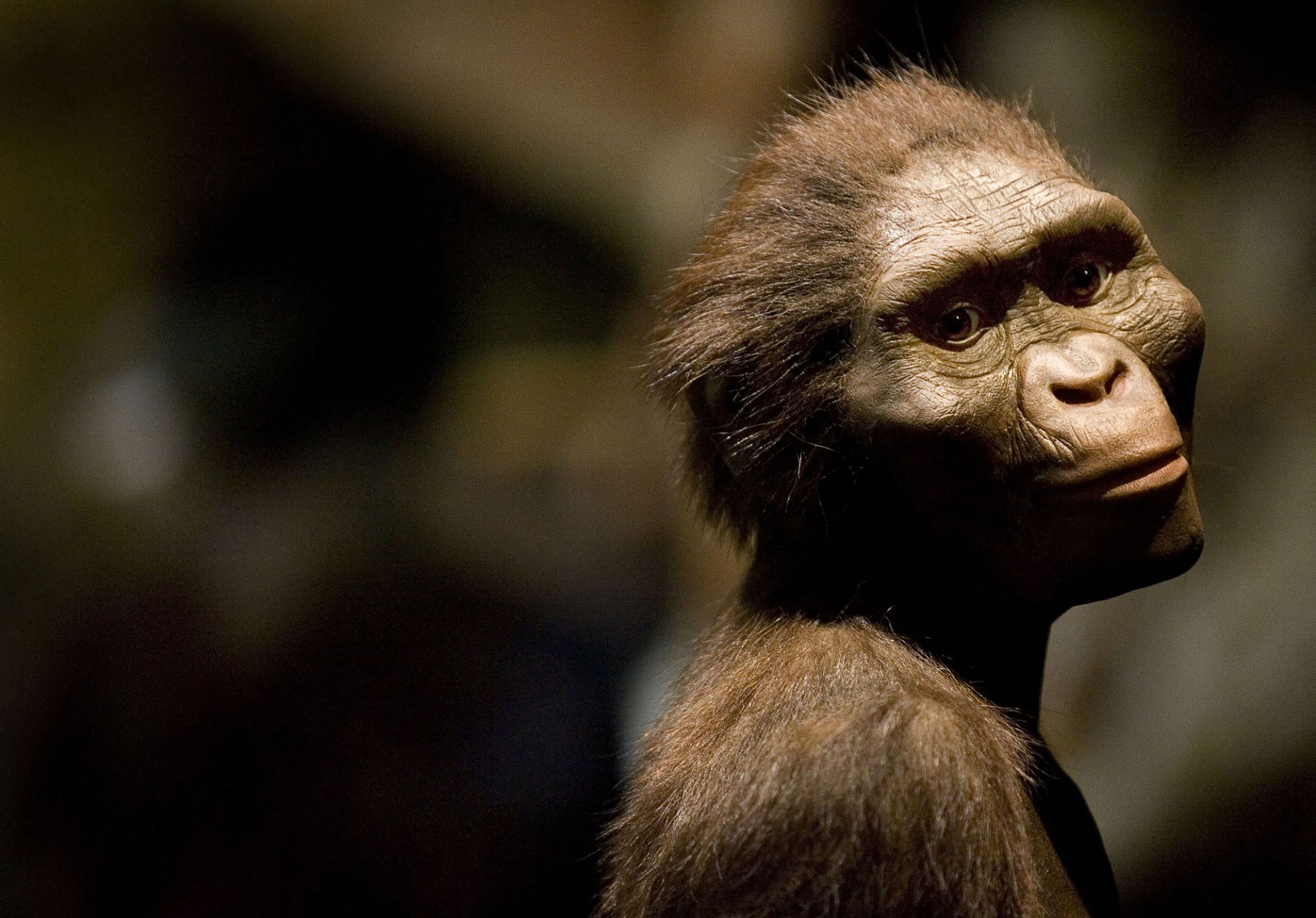
Ape, Lucy
The brain develops
Humans developed because of gene flow, reproductions and mutation. We got bigger brains, smaller jaws and other types of social groups. We controlled fire and invented tools. The environment changed more and more. When farming started around 10,000 years ago, our history changed a lot, and so did our genes. We could now produce our own food close to where we lived.
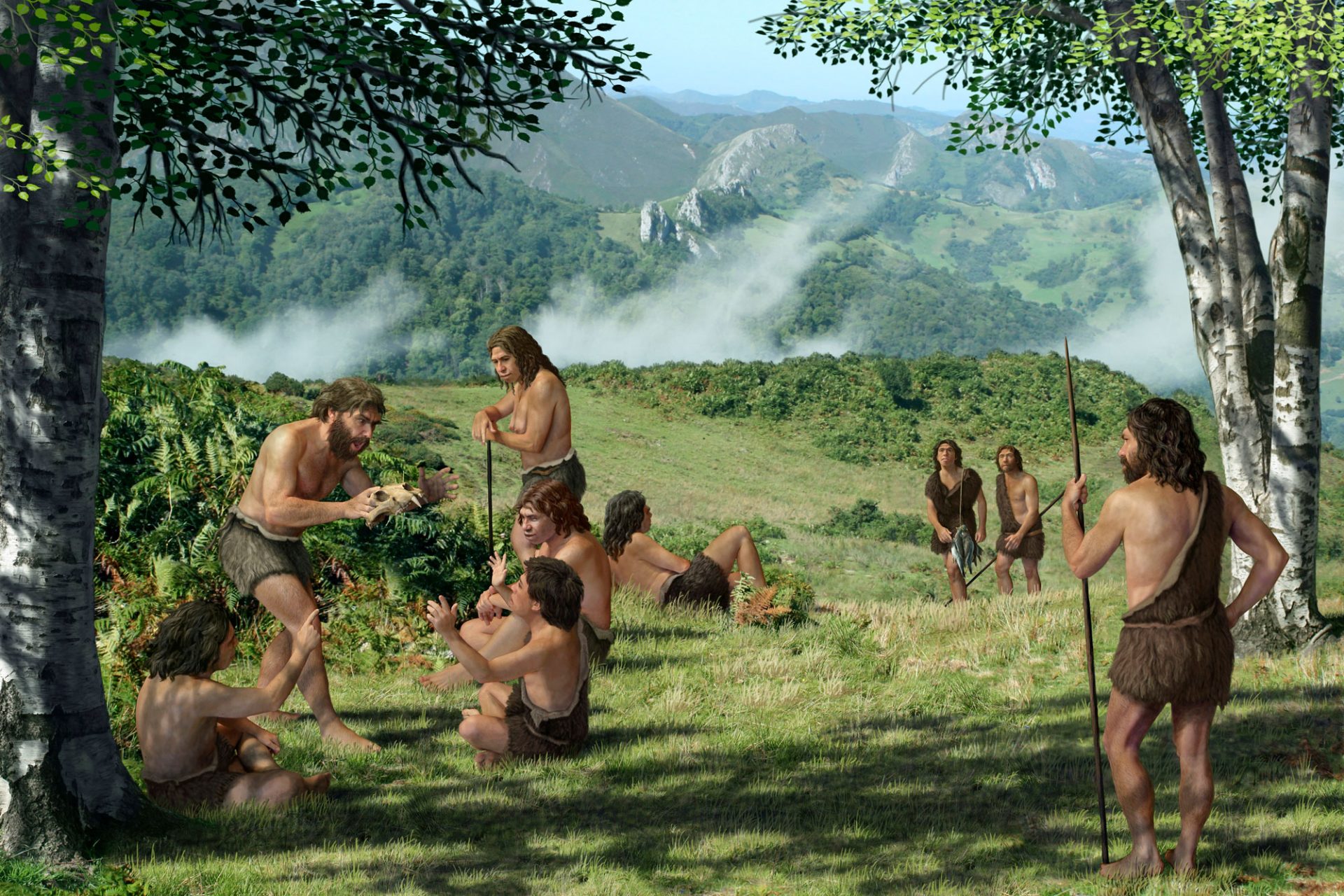
Neandertalere i et grønt og frodig landskap
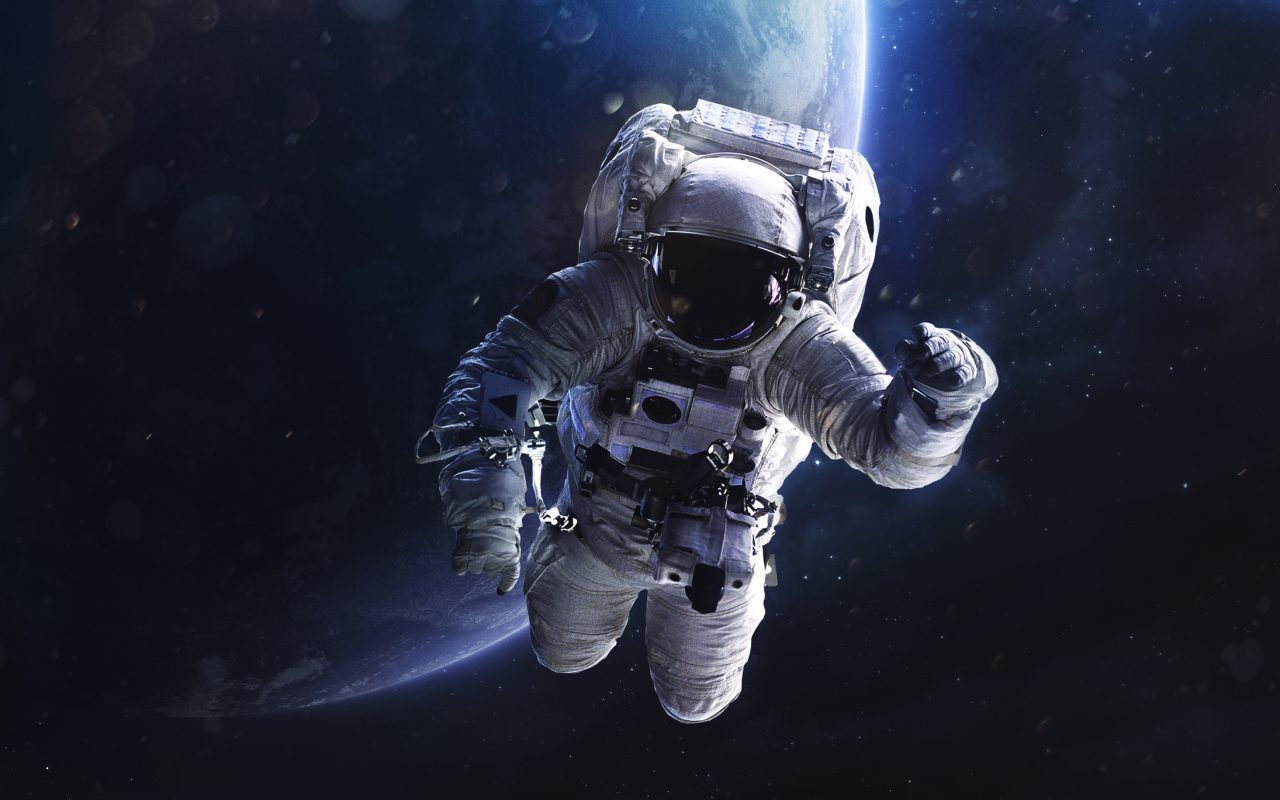
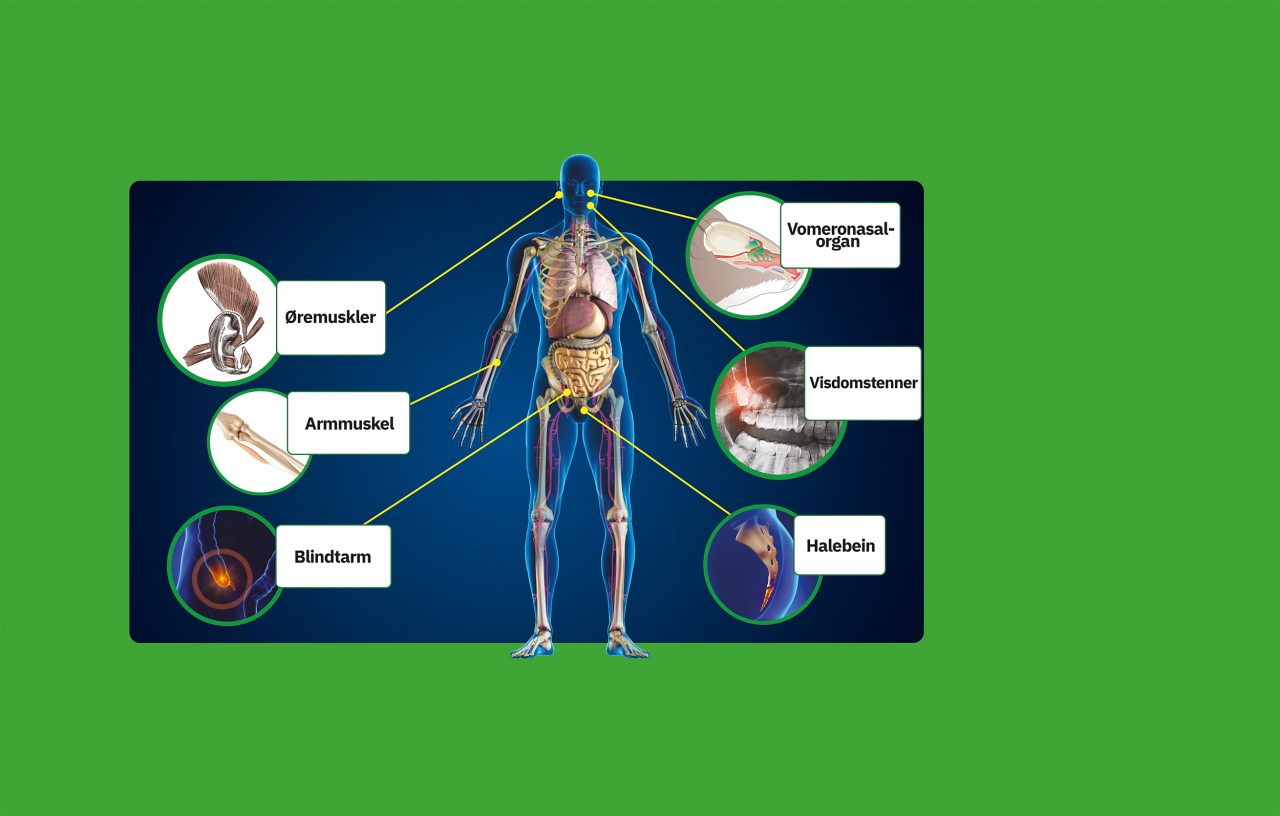
Vrakgods fra evolusjonen, en illustrasjon av hva Kroppen vår har spor av tidligere egenskaper vi ikke trenger lenger
Sources:
- Historien om mennesket junior (2020)
Orage Forlag AS
Media rights:
-
-
Getty Images
-
Getty Images
-
Getty Images
-
Getty Images
-
Getty Images
-
Getty Images
-
Getty Images
-
Getty Images
-
Getty Images
-


